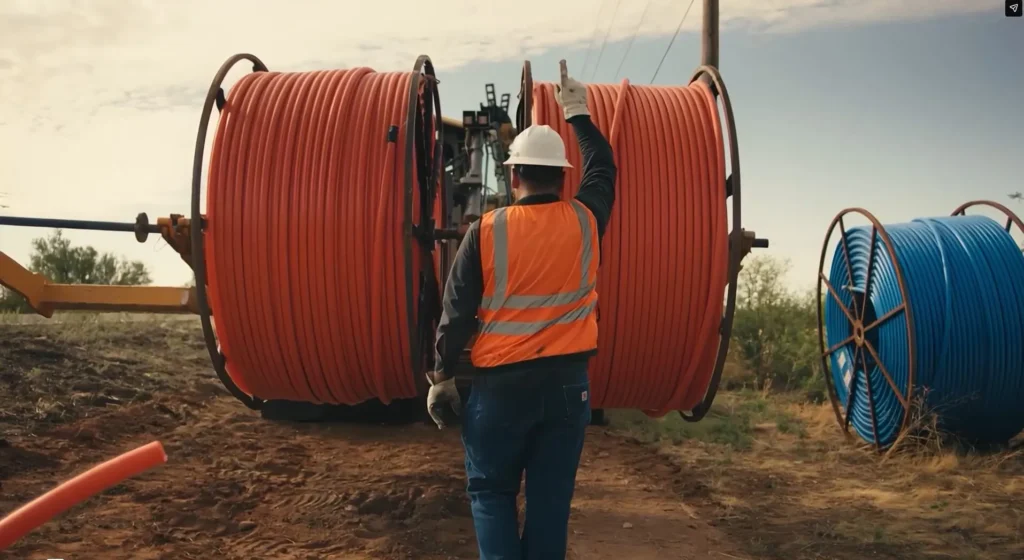America and the world look much different three years after COVID was declared a pandemic. While most COVID protocols are now in the past, certain internet trends have prevailed and will continue to grow exponentially in the future. Powered by America’s broadband networks, these trends are forever transforming the way people live, work, learn, and play. And as cable providers further expand and upgrade their networks, and with 10G on the way, anything is possible for America’s future.
Here are a handful of areas where broadband connectivity continues to play a heightened and critical role in people’s daily lives.
Telehealth
Telehealth took off during the pandemic and never returned to pre-pandemic levels.
- Telemedicine reached the 80% adoption mark overall in 2022, according to a Rock Health survey, becoming the preferred channel for prescription care and minor illness.
- Virtual services for mental health and wellness are also not fading away. “For behavioral health, telehealth has been sticky and use has remained constant … the policy takeaway is that telehealth is a widely used modality for behavioral healthcare.” said Christopher M. Whaley, Ph.D., the author of a study that examined mental health patients.
Hybrid Work
Hybrid work appears to be the new model for many employers as they take advantage of the flexibility and opportunities that broadband provides for their workforce.
- In-office foot traffic in February 2023 across major metro areas was 42% lower than in February 2020, with those who did visit the office going in a few days a week, according to Placer.ai.
- Environmental Benefits: An NCTA analysis found that the growth in telecommuting, thanks to the power of robust broadband networks, has led to fewer cars on the road, fewer gallons of gas used each week, and fewer metric tons of CO2 emitted weekly.
Remote Education
The days of school-wide closures due to COVID are over, but the growth in online learning in higher education is higher than ever, especially for older and working adults.
- Nearly three million students (15%) attend primarily online colleges, reports Best Colleges.
- Alisha Jones, a recipient of Comcast’s internet service through the Affordable Connectivity Program, told an audience at a White House event last year that she is taking community college classes with plans to work towards an Associate’s degree–opening up more doors for her as a single working mother. “I can attend my classes virtually knowing that my connection is fast enough to keep me present and actively participating.”
Connected Gaming
Gaming was the entertainment of choice for many during the early stages of the pandemic, and it doesn’t look like the momentum is slowing down any time soon.
- The average time played per week has gone up to 24 hours per week now (up from 16 hours in 2019), with mobile gaming being a hot trend that gives gamers a social outlet, according to the Consumer Technology Association.
- Nearly one in four (24%) of video game developers predict that mobile will grow more than other types of games by 2025, reported Insider Intelligence.
Online Shopping
People continue to shop for their products of choice online.
- There were a total of 268 million digital buyers in the U.S. in 2022, and forecasts predict an increase of up to 285 million online buyers by 2025, according to Statista, with shopping categories including fashion, toys and hobbies, and electronics.
- U.S. online grocery sales are projected to reach $36.3 billion in revenue this year, up from $20.1 billion in 2019, according to IBISWorld.









